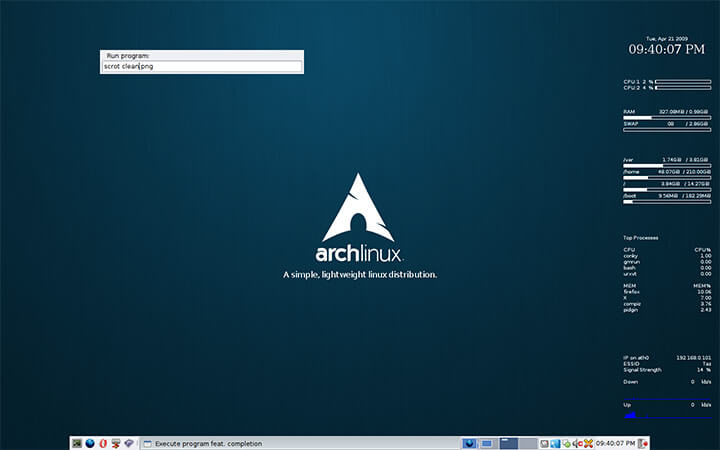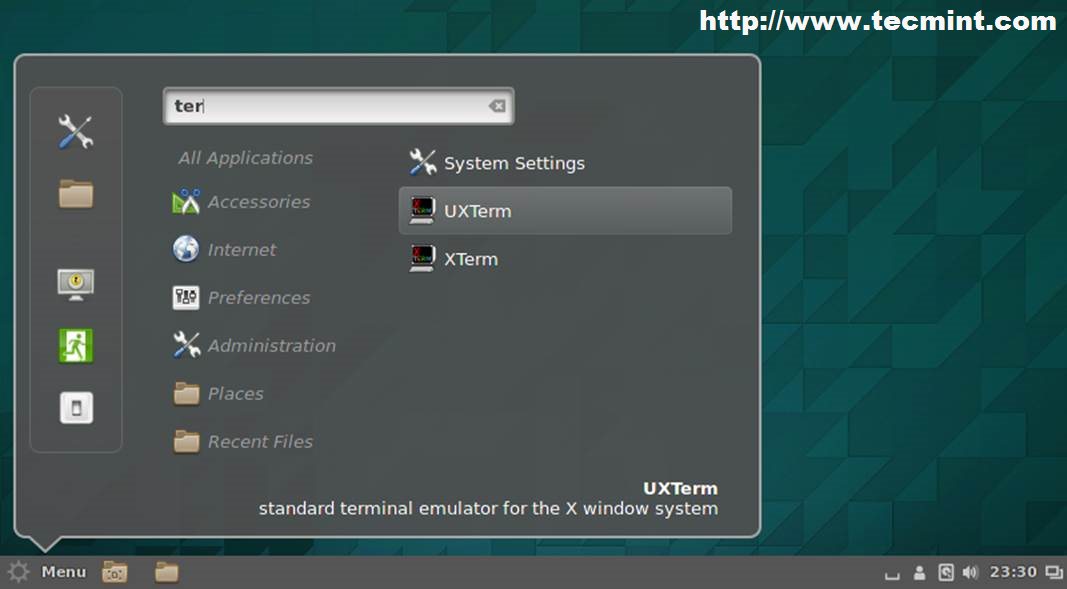

Yes! These are all desktop environments! They provide a complete graphical user interface for a system by bundling together a variety of display server clients. Well, there is not much to say here (or maybe there is a lot to say here): Most importantly, some standalone window managers can also be used to replace the default window manager of a desktop environment, just like some desktop environment-oriented window managers can be used standalone too! In other words, you can for example use the the Xfce desktop environment together with the KWin display server (which in turn is part of the KDE Plasma). This allows the user to create a more lightweight and customized environment, tailored to his/her own specific needs. Some window managers are instead designed to be used standalone, giving the user complete freedom over the choice of the other applications to be used. They determine the border, titlebar, size, and ability to resize windows.

It can be part of a desktop environment or be used standalone.
Arch linux graphical installer software#
Window ManagerĪ window manager (WM) is system software that controls the placement and appearance of windows within a windowing system in a graphical user interface (GUI). The Wayland and Mir are projects that aim at replacing X11 while enhancing desktop performance, security and appearance. However, many display servers use the X11 protocol (Display-Servers/Windowing-Systems – ). When a user installs an X11 library, they are installing a binding for the X11 protocol or some extension for X11-compatible software. They are referring to the fact that they have a display server installed on their computer that uses the X11 protocol. Often times, users may say they have X11 on their computer.

There are different sets of display server protocols and different display servers that implement a specific protocol.

They just manage the interface, libraries, toolkits, and as you can see, they communicate directly with the kernel.Ĭheck a list of available display servers here: Display Server List – Wikipedia. But don’t get confused, the display server does not draw anything. For instance, display servers manage the mouse and help match the mouse movements with the cursor and GUI events caused by the cursor. In other words, the display server controls and manages the low-level features to help integrate the parts of the GUI. The display server communicates with its clients over the display server protocol, a communications protocol, which can be network transparent or simply network capable Display Server. You should also be able to distinguish notions of the Linux GUI such as:Īnd I believe this not because you are about to write some exam on Linx GUI the next day, but because I truly believe that “knowledge is power”! And with this power your own killer customized Arch Linux system! Below is high level abstraction of the Linux GUI stack.Ī display server or window server is a program whose primary task is to coordinate the input and output of its clients to and from the rest of the operating system, the hardware, and each other. Only years later, when I started exploring Linux, these words started to make some sense to me! Thus I believe, if you are not “just and Ubuntu” user – as I once was – should be able to – or ought to – understand what these words represent. And to be honest, as an Ubuntu user, I did not really had the need to know. At first, as a new Linux user, I came often across words like “GNOME”, “GNOME Shell”, “KDE”, “X11”, “xorg” and really didn’t understand what this words stood for, except that they were part of the Linux GUI. I will not dig deep into the abyss of the Linux GUI, but merely scratch its surface.


 0 kommentar(er)
0 kommentar(er)
